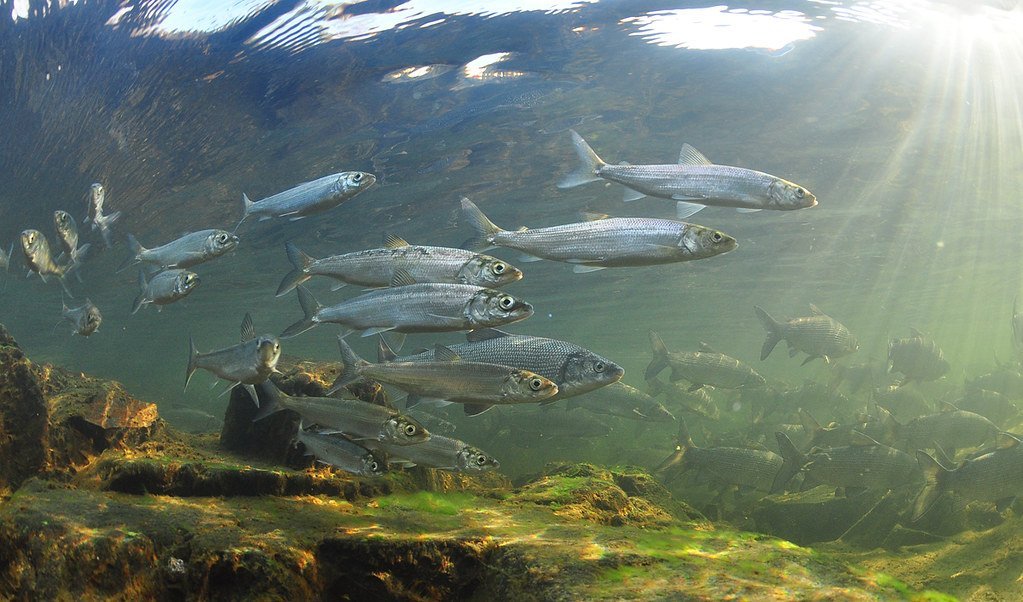
What drives recruitment patterns for Great Lakes cisco?
The Great Lakes featured high abundances of cisco (Coregonus artedi) until the mid- 1900s when their stocks collapsed. Since that time, the stocks have rebounded in Lake Superior, although they once again appear to be in decline. The original decline in the mid-1900s was attributed to a variety of anthropogenic factors including overfishing, pollution, and introduced species. Even when stocks were abundant, it was noted that large spawning stocks did not necessarily lead to large recruitment classes and, similarly, small spawning stocks could sometimes result in large recruitment classes. Factors quantitatively linked to recruitment have been evaluated previously using Ricker stock-recruitment models.
Our project will build on existing knowledge of cisco life history dynamics by aggregating historical and contemporary datasets collected on Lake Superior. We are using a multi-faceted approach to compare the impacts of environmental covariates on cisco life stages. One method is the Bad Recruitment Paradigm which emphasizes the importance of environmental extremes and how the impacts of these extreme thresholds can lead to bad recruitment based on cisco tolerance. We are looking at the effects of air and water temperatures, wind speeds, and seasonal average ice coverage.
Another approach is using a Multivariate Auto-Regressive State Space model that looks at the suite of environmental covariates and helps select which of the environmental influences has the most impact to high or low recruitment years. We plan to supplement this with Boosted Regression Trees or a Random Forest Model.



